Are you a Manufacturer?
We connect manufacturing demand gen teams with procurement leaders actively seeking new suppliers.


We connect manufacturing demand gen teams with procurement leaders actively seeking new suppliers.


We help you to reach CTOs and IT directors actively seeking solutions.


We connect you with brands and marketing leaders looking for new partners.


We get you in front of key decision-makers who need your expertise.
50+ Appointments and $600K Pipeline for Intelligent Automation Company in 12 Weeks
Read more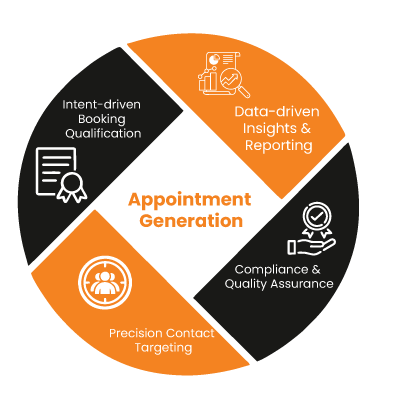
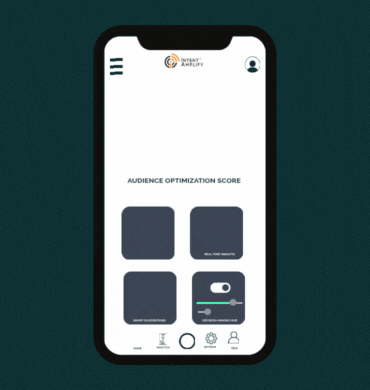

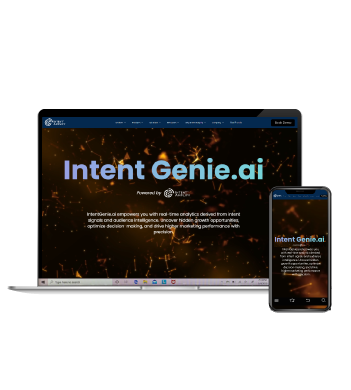
Inbound and Outbound
Find your forever customers with intent signals
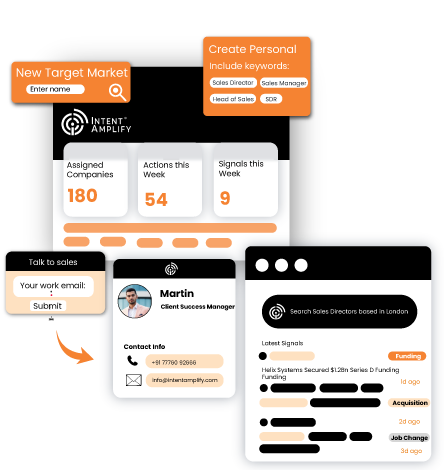
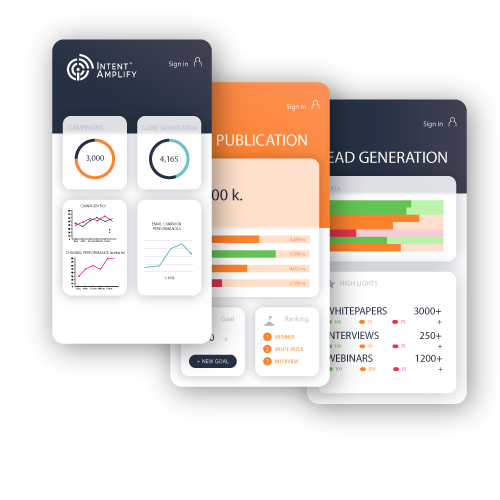
Unify your data, channels, and outreach—activate intent from one powerful platform.
We process 500,000+ signals per minute across millions of apps, GPTs, and
web sources—to surface the accounts ready to buy.
Intent-Driven Triumph
Powered by Intent Genie, built for GTM teams.
We use GSO-based Audience Intelligence to connect your message with in-market buyers. From brand to demand, we deliver pipeline that converts.

Amplify Your Target Audience
Amplify your B2B lead generation service and demand generation with our in-house team of experts dedicated to providing you with an end-to-end solution for all your B2B needs with transparency. We are a powerhouse of full-funnel lead generation solutions that are capable of generating demand at scale!
Joining forces for
better B2B Lead Generation
Intent Amplify and Convertr are thrilled to team up to bring you unmatched lead quality and quantity. As a leading B2B lead management firm, Intent Amplify has been delivering top-notch software and tech advice to real decision-makers. With Convertr's leading B2B lead management platform, we're raising the bar even higher. Let's connect for a quick introduction call and see how we can help your business grow!
For more information contact us today.
>5 Bn
Global Data
Leverage insights from over 5 billion global data points to accelerate your business growth.
Contact Sales
3X
Return on Investment
Unlock exponential growth with data-driven strategies designed to maximize your return on investment.
Contact Sales
4X
Sales Growth
Harness cutting-edge marketing solutions and data insights to scale your business.
Contact Sales
2X
Strategies
Enhance your approach with proven techniques and tools to double your impact and outperform competition.
Contact Sales
What our clients say about us
ABM works by focusing resources on high-value accounts and enabling personalized engagement, leading to more effective lead nurturing and conversions. It aligns marketing and sales teams, shortens sales cycles, and ensures measurable ROI.
Focus on targeted content marketing and lead nurturing campaigns, while leveraging effective SEO and social media strategies to attract and engage potential customers. Additionally, consider collaborations with industry influencers or partners to expand your reach.
Effective B2B lead generation involves targeted content marketing, including informative blog posts and whitepapers, and leveraging platforms like LinkedIn for networking and outreach to establish relationships with potential clients.
Plan a webinar marketing strategy by defining your target audience, promoting through email and social media, offering valuable content, and using analytics to measure success.
Don't miss a thing, subscribe now.